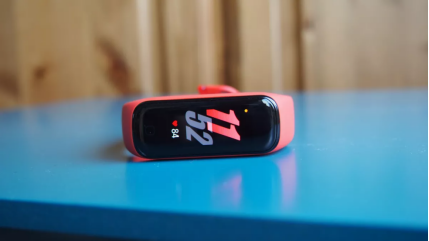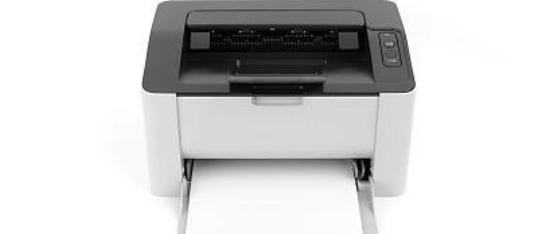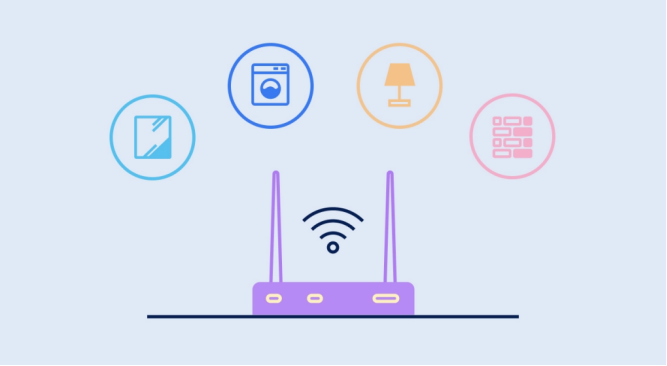Is GBox or microG Better for Gmail on Huawei?
Huawei users often struggle with native Google services due to trade restrictions, complicating Gmail access. To ease this, options like GBox and microG offer alternative solutions for integrating Google services efficiently. Each has unique attributes, impacting Gmail’s performance on Huawei devices. Therefore, determining which solution works better necessitates a detailed comparison. If you're wondering does gmail work on huawei effectively with these solutions, this guide will help you make an informed choice for seamless Gmail access. Whether you prioritize easy installation or enhanced security, understanding these differences will streamline your email experience on Huawei.
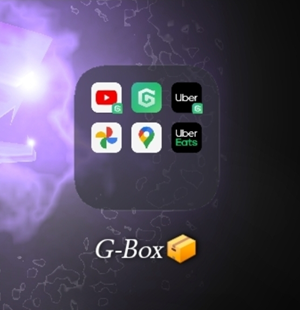
What Is GBox and microG?
GBox and microG offer user-friendly solutions to install Google apps on devices that lack native support, like Huawei. GBox acts as a virtual environment where Google apps operate within a controlled ecosystem, ensuring compatibility on non-Google devices. It integrates most Google services, making it popular among those seeking a quick fix for Gmail access.
On the other hand, microG serves as an open-source framework replicating Google’s proprietary libraries. This allows apps to access essential Google services without directly using Google’s official suite, appealing to privacy-conscious users. It demands more technical acumen due to its complex setup but offers customization and privacy benefits. Understanding these tools’ fundamental differences is essential in choosing the best solution for your Gmail needs.
GBox vs microG for Gmail Access on Huawei
Discovering which application optimizes Gmail usage on Huawei involves analyzing their installation ease, compatibility, privacy, and community support.
Installation and Setup Difficulty
Setting up GBox requires minimal technical expertise. Users download the app, grant necessary permissions, and start using Gmail. It simplifies the process, offering a plug-and-play experience for those with limited tech skills. Conversely, microG entails a more complex installation, requiring users to replace core Google services with microG packages. This complexity demands a clear understanding of device rooting and firmware compatibility. Such steps intimidate casual users but reward those comfortable with tech manipulations by empowering more control over app behavior and updates. Thus, GBox offers a straightforward setup, while microG appeals to tech-savvy users seeking customization.
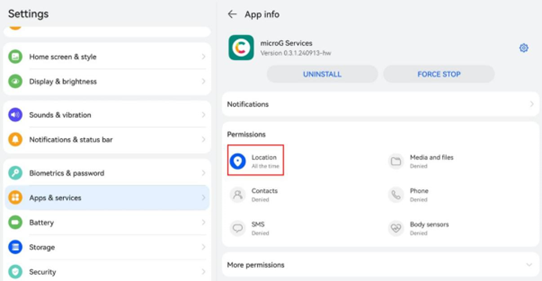
App Compatibility and Updates
GBox ensures broader compatibility with Google apps, providing regular updates to support upcoming versions. Gmail works smoothly, with most features aligning with native performance. Its architecture ensures updates don’t disrupt app functionality, allowing a seamless user experience. However, microG users may face intermittent compatibility issues due to its community-driven development model. Updates depend on user contributions, potentially delaying access to new features or causing temporary glitches. While microG’s flexibility enables a personalized setup, maintaining app compatibility may require additional efforts. Consequently, those prioritizing hassle-free, consistent Gmail access are likely to lean toward GBox.
Security and Privacy Concerns
Security is paramount when accessing email, making privacy a key consideration in choosing between GBox and microG. GBox emphasizes user convenience but channels data through its framework, raising privacy questions. It’s essential for Huawei users concerned about data security to understand GBox’s data handling policies. Meanwhile, microG champions privacy by minimizing direct reliance on Google services. Nevertheless, it requires more control from the user regarding security settings and potential vulnerabilities due to unofficial app interactions. microG suits privacy enthusiasts who can manage its technical aspects, while GBox appeals to those prioritizing ease with an acceptable privacy trade-off.
Community Feedback & Support
Community backing is critical for resolving software issues and enhancing user experience. GBox boasts a broad user base, ensuring quicker support through forums and simplified solutions. Its straightforward nature encourages more interaction, helping resolve queries efficiently. Conversely, microG relies on a niche, tech-savvy community passionate about open-source solutions. This means highly specialized support, albeit less accessible to average users who may find technical documentation overwhelming. Significant technical understanding might be required to decipher detailed community advice. Therefore, users requiring readily available help may find GBox’s community more supportive, while microG provides in-depth assistance for those comfortable with tech discussions.
Tips to Optimize Gmail Use on Huawei
Achieving optimal Gmail functionality on Huawei involves strategic application adaptations and habitual updates.
Use Lite Version or Web Access if Needed
If apps underperform due to hardware limitations or security concerns, opting for Gmail’s Lite version or web access might maximize efficiency. Gmail’s mobile site offers a responsive design, parity in features with the app, secure usage, and reduced device strain. Web access becomes handy when app functionality drops, ensuring continued connectivity. Meanwhile, Gmail Go, a lighter app version, preserves core features while consuming fewer resources. It is ideal for users preferring app interfaces and can be installed from GBox’s supported apps. Embracing these alternatives ensures Gmail’s seamless operation on any Huawei device.
Regularly Update GBox/microG & Check App Permissions
To maintain optimal app performance and security, regular updates to GBox or microG are necessary. Timely updates ensure the latest security patches, reduce bugs, and enhance Gmail’s functionality. Consistently check for permissions granted to these apps, ensuring no excessive access that could compromise data privacy. Review and restrict permissions periodically, confirming that only essential ones remain active. New users benefit by setting reminders for checks, especially post-updates. Proactively managing updates and permissions fosters a secure, efficient Gmail experience on Huawei devices, adapting swiftly to system changes or security enhancements.
Conclusion
Choosing between GBox and microG for optimal Gmail use on Huawei involves weighing technical convenience against privacy preferences. GBox offers effortless installation and broad compatibility, making it suitable for users looking for straightforward solutions. microG, with its advanced setup and customizable framework, appeals to privacy-conscious users familiar with navigating technical intricacies. Ultimately, both can deliver satisfying Gmail experiences on Huawei, contingent upon the individual’s technical skills and privacy priorities. Utilizing either service effectively, alongside optimizing app settings, aptly solves the Google service challenge, equipping Huawei users with efficient Gmail functionality.



